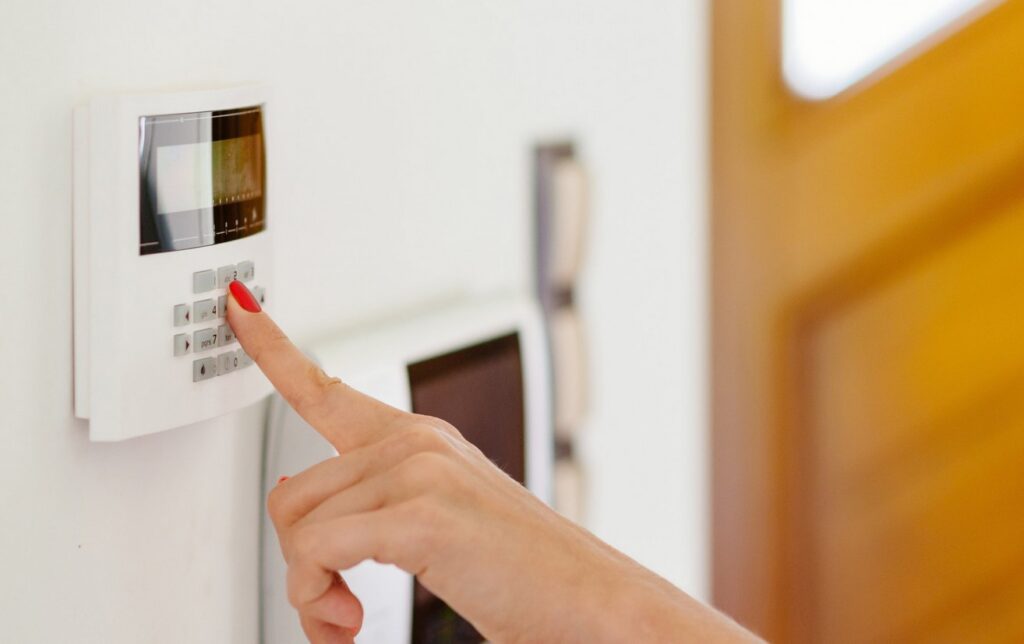
CCTV systems have become among some of the most popular options for security on the market in Britain. They are seen as versatile, effective in preventing crime, and a great way to keep your home and property safe.
In this article we’ll talk about the benefits investing in CCTV systems for your home, and what options there are if you decide to go for CCTV.
The Main Benefits of CCTV
If you are eager to keep your property protected from burglars or criminals, CCTV does offer a serious option as a security system and burglar alarms Glasgow. It’s been estimated 67% of burglaries could be prevented with CCTV, and a Guardian article from back in 2017 found in an interview with former ‘professional’ burglars that a visible CCTV system was the thing that dissuaded them most from attempting to enter a property.
Preventing Crime before it happens
The ability of a visible CCTV system to deter criminals, who recognise the danger it brings of being caught and prosecuted, means you can often prevent a crime taking place. This is a serious investment in the security of your home.
Guaranteeing Prosecutions
The ability to capture high quality footage of the crime means that in the worst-case scenario where a crime takes place, you can be confident in knowing that the footage captured will help to ensure the criminals responsible are apprehended by the police and prosecuted to the full extent of the law.
Remote Access
Certain types of CCTV allow for the ability to ‘remote access’, which means that no matter where you may be, you can access the video feed of your CCTV. This means you can watch your home even if you’re on holiday, allowing you to observe any suspicious activity that takes place.
Remote Monitoring
A feature offered by many services now is ‘remote monitoring’, which allows for a team of professionals to keep an eye on your CCTV feeds. If they spot any suspicious activity, they can alert the police, allowing for any criminals to be apprehended quickly.
Types of Cameras Available
There’s a broad range of different CCTV cameras available on the market – indeed CCTV is one of the most versatile forms of security there is, meaning it’s easy to find a design suited to your home and specific security needs. The most common designs on the market are,
Wired home security cameras
Wired home security cameras are the most traditional design available and remain popular. They are relatively simple and must be fixed to a wall or other outdoor surface. They are (as the name implies) connected by a wire to a monitor. Wired security cameras are great because they are reliable and there’s little chance of ‘network’ interference with their recording. This limited chance of network failures makes them incredibly reliable.
Wired systems are ‘closed’ systems, which means they cannot be remotely accessed or ‘hacked’. This further increases their reliability and your overall security.
Furthermore, there’s a guarantee of a consistent quality of both video and streaming. If you go for say, a 4K wired camera system, it will not drop to say 720p due to a poor connection. This means it is incredibly reliable and makes for superb evidence in the case anything goes wrong.
Wired home security cameras are often best for large scale installations. Since they are a hardwired system, it can be used to cover a relatively wide area.
Wireless security cameras
Wireless cameras are called as such because of how they transmit and receive their data; they may still require a cable for power.
Wireless systems have become incredibly popular due to the ability to remotely access them. This means if you’re on holiday or away from your home (which is by far the time in which its most likely for a burglary or incident to occur), you can have direct access to what’s going on in your home.
Wireless systems are excellent for those homes with good broadband and internet, since this decides the quality of their recording
Wireless systems are a lot more flexible and often easier to install, since there’s no need to handle cables, wirings, or any other elements of traditional set up. This also means lower costs – since set up isn’t as intensive. This versatility also means it is easy to move the cameras around after the initial installation.